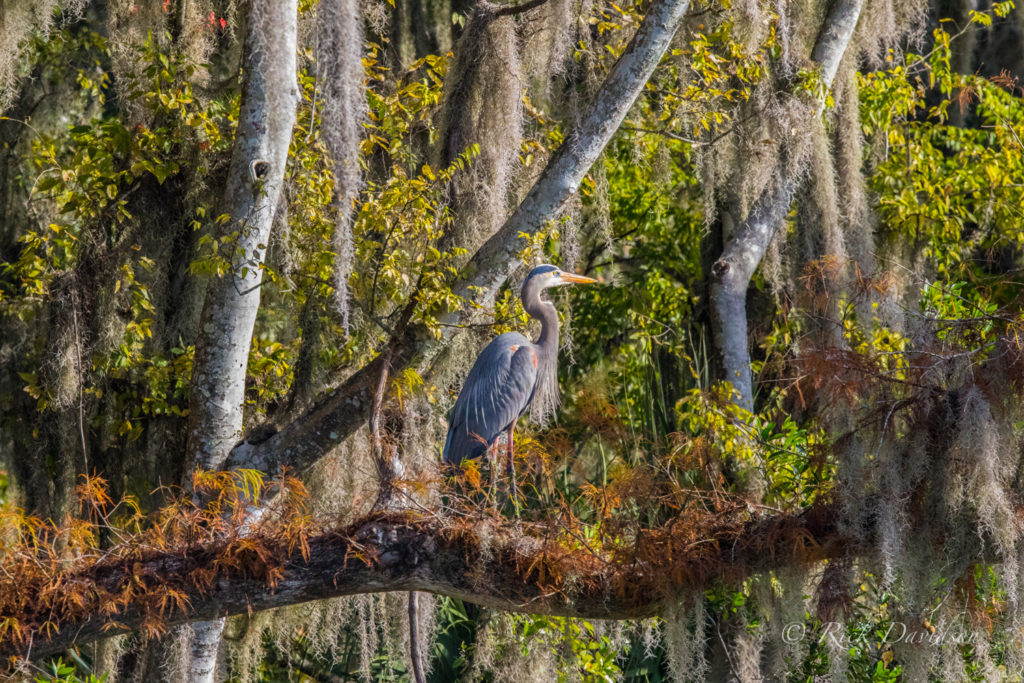Birding and Bird Photography Opportunities in Natural North Florida
Blogger Note: Despite over fifty years as a photographer, my expertise in the art of bird photography is lacking. I thank my friend Rick Davidson, for this story and some excellent photos. I wish I had his patience!
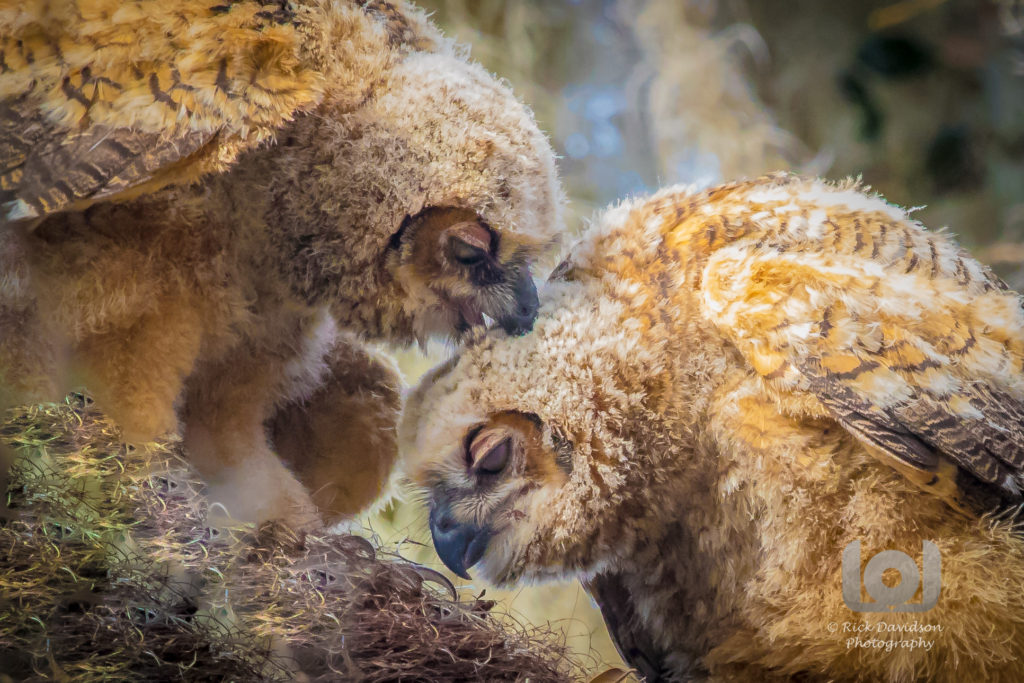
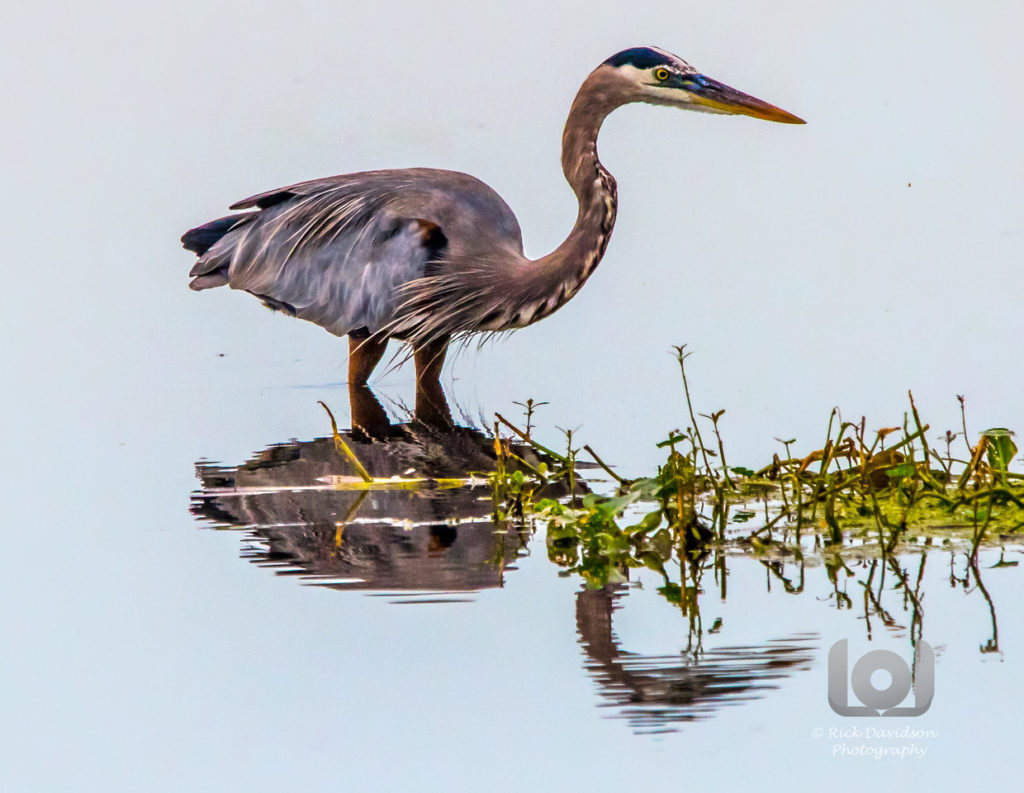
Our area is fortunate to have so many parks and wildlife management areas, but we’re also fortunate because our state is on the migration path for many birds. Birds don’t only migrate south to avoid the cold, they’re also looking for food. Insects and plant life diminish in the winter in colder climes. That means that over the winter, we’re flooded with a new crop of warblers, shore birds and raptors.
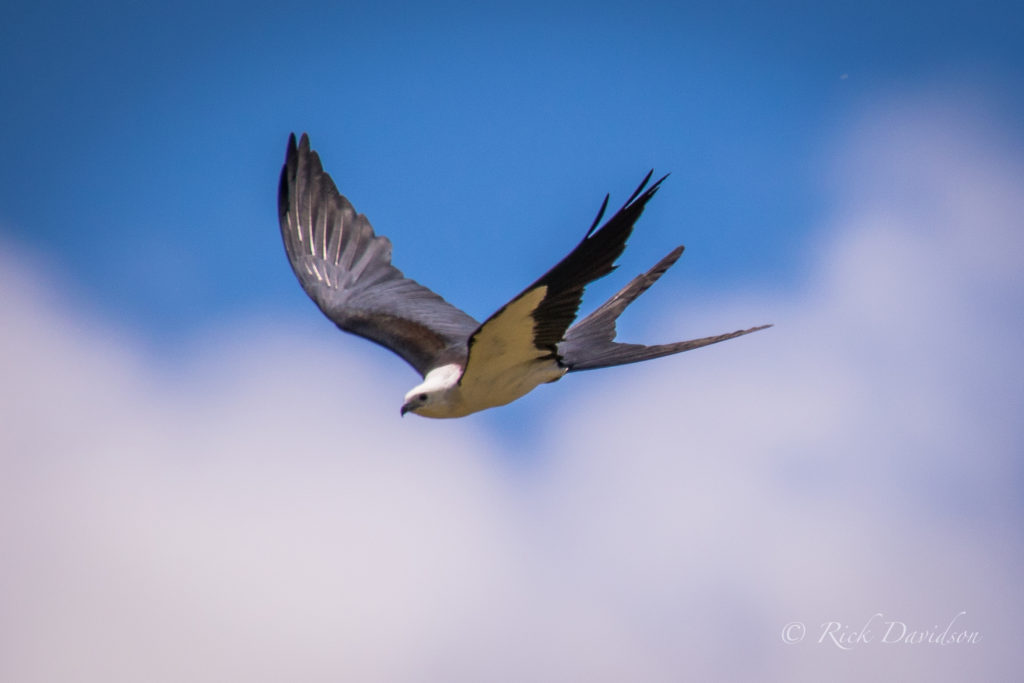
There are some definite hotspots in Natural North Florida. The St. Marks Wildlife Refuge is 68,000 acres of wonderful habitat in Jefferson, Wakulla and Taylor Counties, and for serious birders it’s a must-visit. A number of Big Bend Wildlife Management areas are excellent, among them the Aucilla Sinks, Hagens Cove, Jena, and Steinhatchee units. For shore birds, the Cedar Key Scrub State Reserve and the island itself are another common destination in the fall and winter.
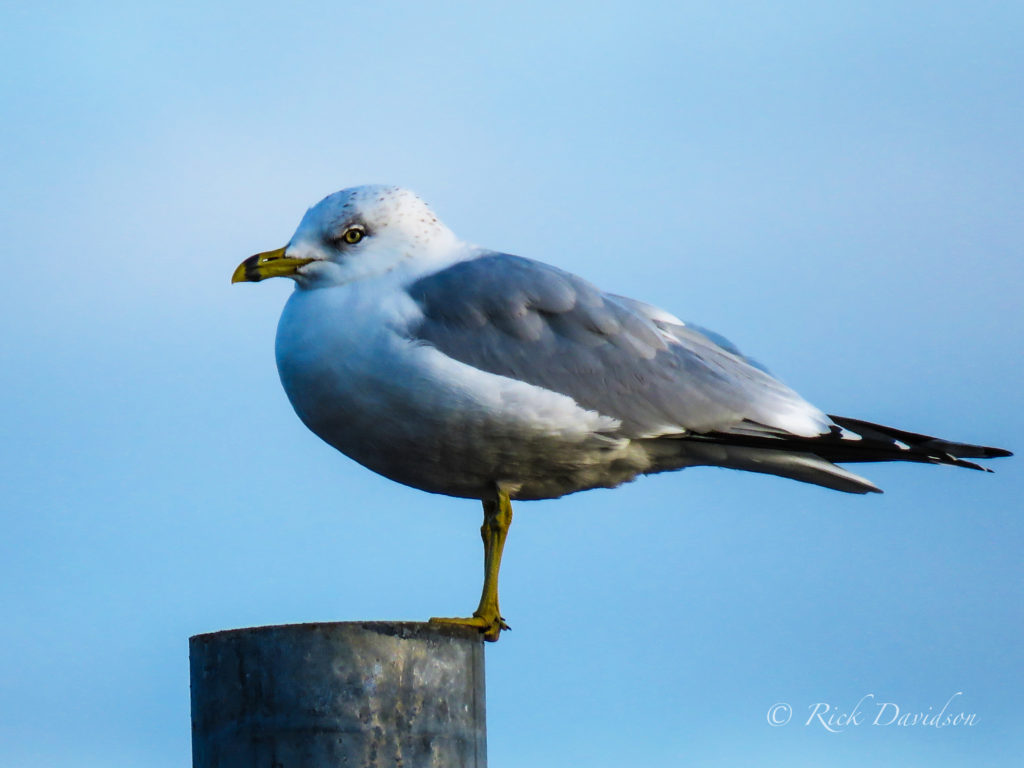
More inland, Paynes Prairie Preserve, the LaChua Trail, and the Sweetwater Wetlands Park, all near Gainesville, are excellent sites to visit. Sweetwater is exceptional for photography because of the relatively open spaces and abundance of herons, egrets and snail kites. During migration, Bolens Bluff at Paynes Prairie is a destination for many. If you’re interested in visiting a variety of locations, check the Florida Birding Trail for details
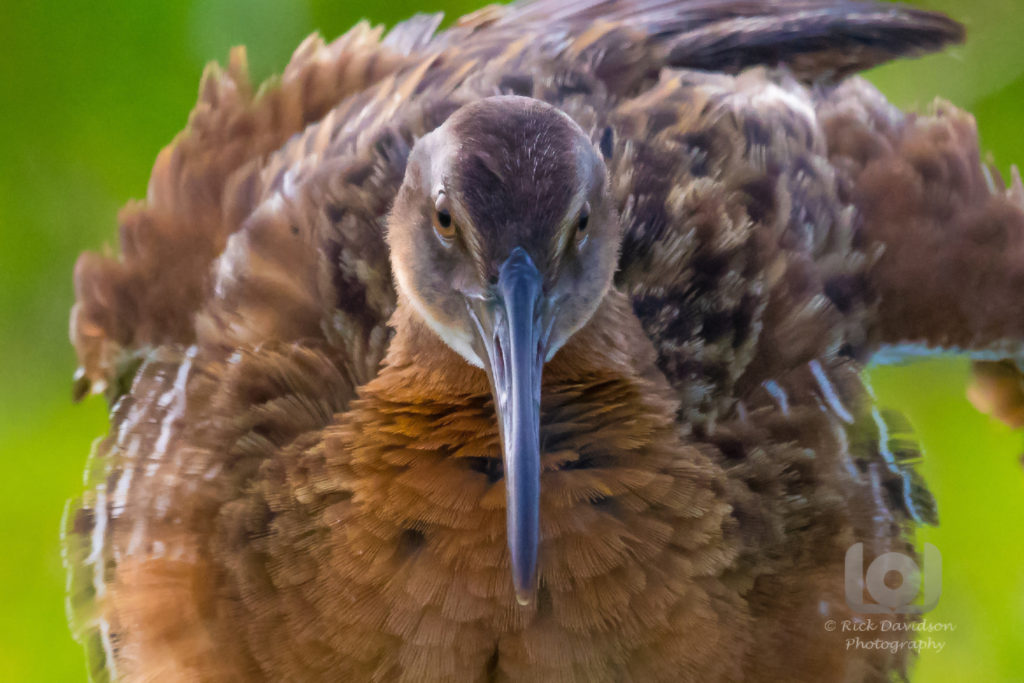
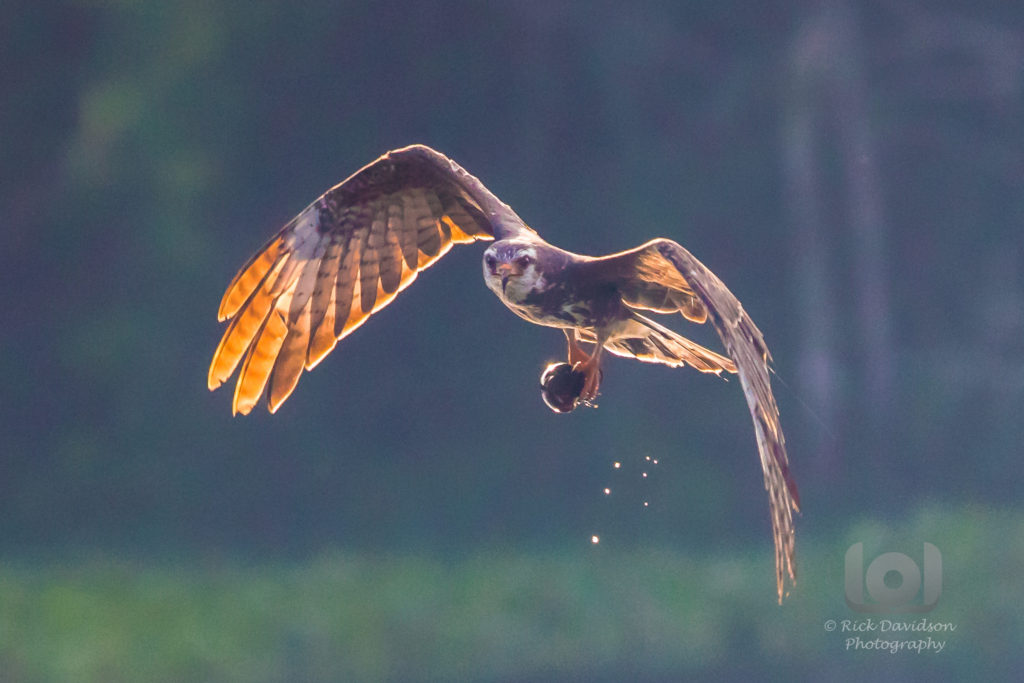
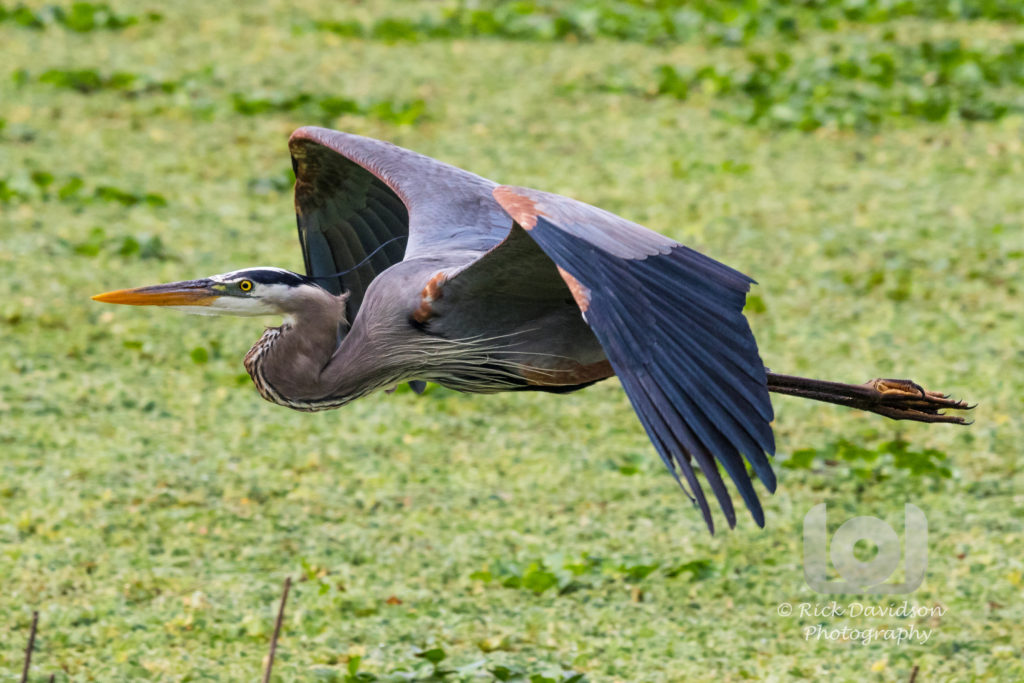
You can begin photographing birds with relatively inexpensive equipment (phone cameras are not a good choice). Many beginners start with a group of cameras called “super-zooms” that have very long zoom lenses built in. Some of the excellent values for beginners include the Nikon P900, the Canon SX-70 or the Sony HX400V. Consumer model DSLR cameras will work fine and provide more flexibility; lenses should be a minimum of 300-400mm so you can keep your distance and still get great shots. Check to see if your camera has a “burst mode” option to take multiple pictures with one push of the shutter button; that’s the best way to get birds in flight. Mostly, get out and take pictures. Like any other skill, practicing is the best way to improve.
